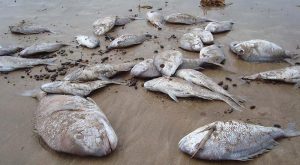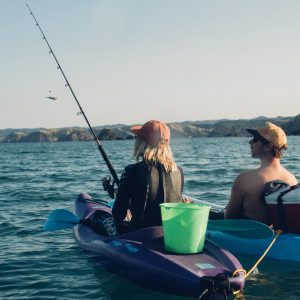How many millions of snapper are being wasted every year due to commercial fishing?
That’s a simple question. After the 2013 controversy Minister Nathan Guy and commercial interests agreed to a raft of measures to estimate the weight of undersized snapper returned to the sea in the northeastern fishery, Snapper 1.
After numerous requests, some data have been released and they are simply unbelievable.

Then, 13 months after our official request for the SNX data, we were fed a video made by Sanford’s PR agent claiming the myth of excessive waste was busted because only 3.3% (by weight) of caught snapper were undersized and released. That video was posted online two minutes after MPI issued their media release online, and eight minutes before we were even told of the results.
An interesting aspect is that the data was not vetted by the Ministry for Primary Industries’ (MPI’s) own science working group process before its release, which is contrary to their science information standards.
Half a million discarded fish
From March 2014 MPI required commercial fishers in Snapper 1 to record the weight of undersized fish caught, using the code SNX on their catch forms. The average reported in the first year for all commercial methods combined was around 3.3%, by weight, of total snapper catch.
MPI estimated total commercial landed catch was about 4.5 million snapper. The 144.3 tonnes reported as SNX would equal about 500,000 fish discarded.
These numbers are unbelievably low and may go some way to explain why it took so long for us to prise the SNX data from the industry’s grip.
Initially, the data was withheld due to a confidentiality agreement between commercial interests and MPI. Then we learnt that some skippers were under estimating and thus under-reporting SNX. The researchers have since committed to working with the skippers to get more accurate data.
Unacceptable practices
It is not good practice for the Ministry to knowingly accept inaccurate data on statutory declaration reporting forms. Nor is it acceptable for the Ministry to stoop to collaborating with commercial interests on the release of a slick video presenting doubtful data not supported by historic, independent studies of undersized snapper catch.
We understand there were MPI observers on a number of trawlers during the year. However, uncertainty about what they were recording meant no useful comparison between observed and unobserved trips was possible.
From our perspective, these results are further evidence that the quality of self-reported data and observer coverage in this northern fishery has been poor.
Snapper 1 is the largest, most studied and important snapper stock in the country, so it is concerning that the SNX figures we have seen so far are unbelievable.
In our view, the longer it takes for the truth to emerge into the public domain, the more credibility is lost, for both Nathan Guy and the Ministry for Primary Industries.
Nathan Guy’s solution is to contract Trident, an industry-owned research company, to install and monitor cameras on boats. Given that there were no prosecutions for blatant fish dumping caught on video in southern fisheries, this response maybe insufficient to quell public unease about the ongoing mismanagement of our fisheries.





